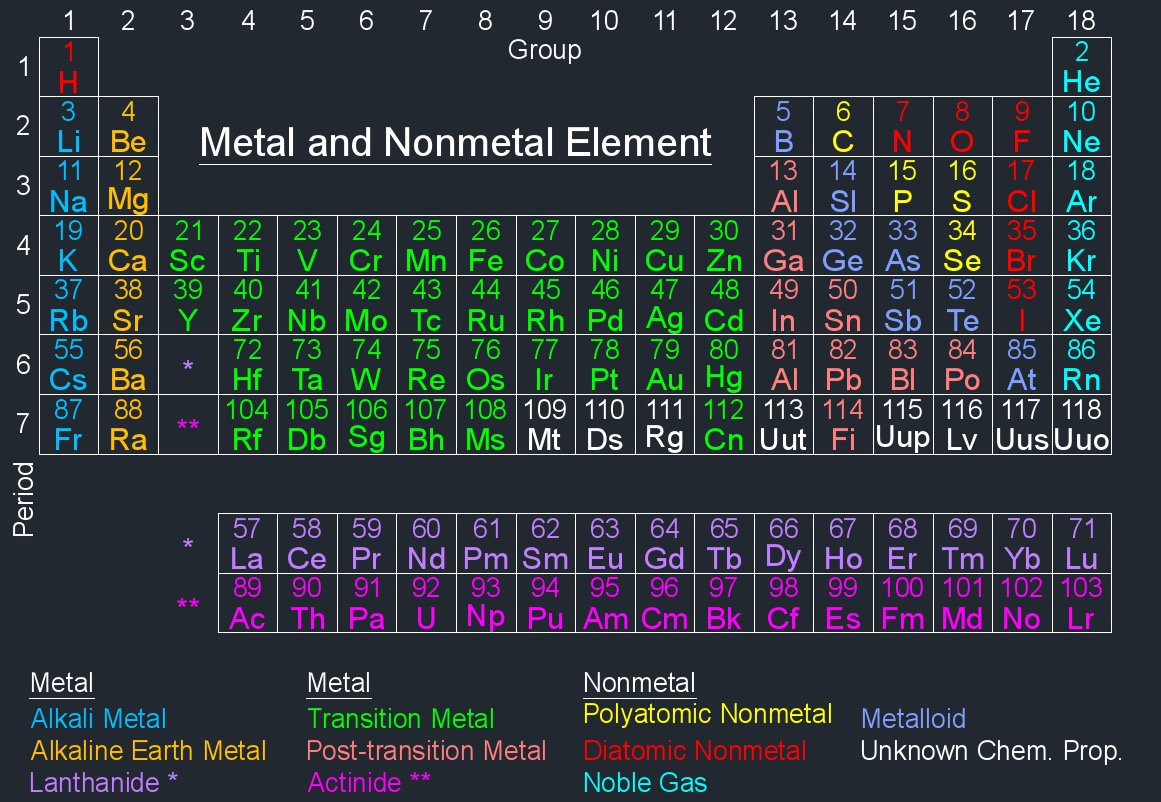Ferrous Metal Element
 Ferrous metals (ferrous alloy), abbreviated as FM, mostly contain iron. Since they contain small amounts of metals or added elements they are magnetic and corrode, something non-ferrous metals do not. These metals often have other elements as alloying agents, and the specific composition can vary depending on the intended application and desired properties.
Ferrous metals (ferrous alloy), abbreviated as FM, mostly contain iron. Since they contain small amounts of metals or added elements they are magnetic and corrode, something non-ferrous metals do not. These metals often have other elements as alloying agents, and the specific composition can vary depending on the intended application and desired properties.
Common Ferrous Metals Include
Carbon Steel - Iron combined with carbon and other alloying elements, such as manganese, chromium, nickel, or molybdenum. The proportion of carbon and other elements determines the specific properties of the steel.
Stainless Steel - A type of steel that contains chromium and often nickel, which provides corrosion resistance and other special properties.
Cast Iron - Iron with a higher carbon content than steel, typically containing 2-4% carbon. Cast iron has good castability and is used in various applications, including engine blocks and cookware.
Wrought Iron - Iron with a very low carbon content, in contrast to cast iron. It has fibrous inclusions known as slag, which are elongated particles of impurities. This gives it a grain resembling wood, which is why it's sometimes referred to as "fibrous iron." Wrought iron is known for its toughness, malleability, and ductility.
Ferrous metals is Primarily Composed of the Following Elements
Iron (Fe) – Primary component
Carbon (C) – Small to moderate amounts, affects hardness and strength
Manganese (Mn) – Improves strength and wear resistance
Silicon (Si) – Enhances strength and magnetic properties
Sulfur (S) – Usually an impurity; can affect brittleness
Phosphorus (P) – Also typically an impurity; can increase strength but reduce ductility
Chromium (Cr) – Added in stainless steels for corrosion resistance (optional)
Nickel (Ni) – Increases toughness and corrosion resistance (optional)
Molybdenum (Mo) – Enhances strength at high temperatures (optional)

